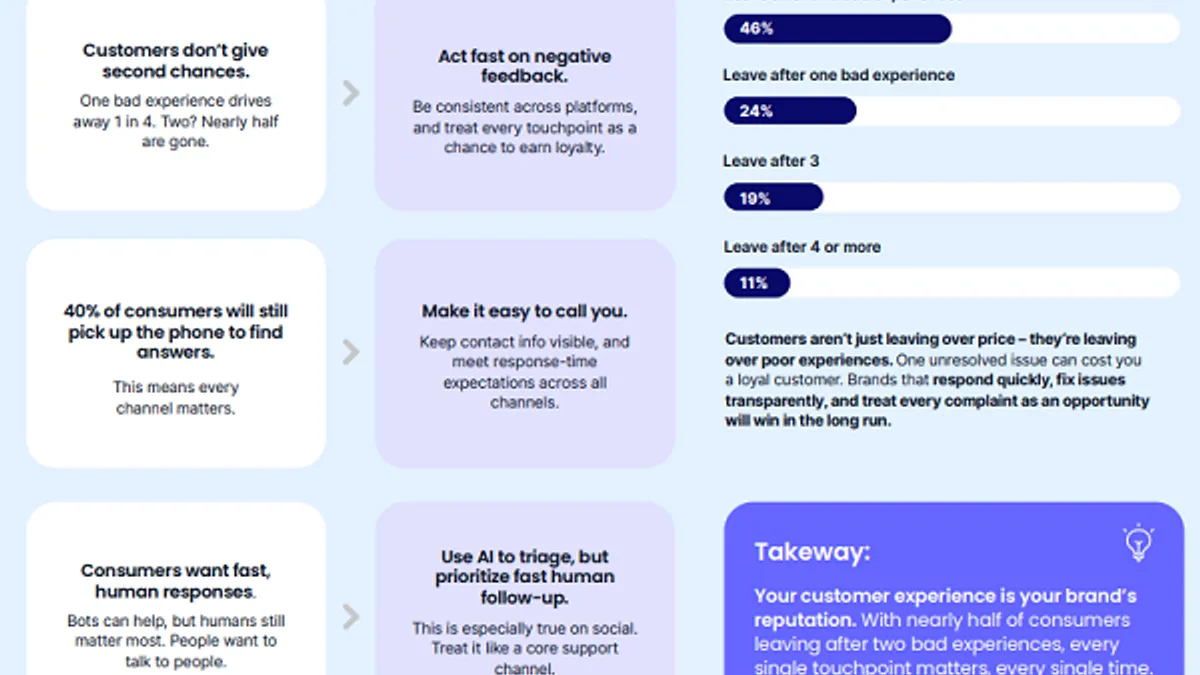Marketers are increasingly in control of technology purchases, and that control over those tools comes with a responsibility for turning raw data into usable information.
An April survey from McKinsey & Company, aptly titled "The need to lead in data and analytics," determined that executives' involvement in a company's analytics efforts is more influential to an organization's overall success than its tech capabilities. Another barrier to success is a lack of communication not only between divisions but between leadership and employees.
Meanwhile, separate research from McKinsey conducted last year found that 38% of respondents said final responsibility laid at the feet of the CEO. CMOs came in third just behind CIOs at 11%. And per the report, regardless of who takes the lead, a large majority of respondents "expect their analytics activities to have a positive impact on company revenues, margins, and organizational efficiency in the coming years."
Both reports come at a time when CMOs are still feeling out a new position of power in the boardroom. People can now be tracked from anonymous prospects all the way down the sales funnel to a converted customer. And that tracking, via collected data and analytics, can place return on investment numbers on marketing efforts all the way down to individual campaigns. Armed with tech and data, CMOs have a new level of clout, and those tools are helping connect the dots between money spent on campaigns and ROI.
As data and analytics become increasingly central to marketing, making sense out of all the digital noise is crucial to leading effective campaigns.
Improving performance through better data capabilities
Because CMOs are being tasked with procuring technology, it is in their interest to become tightly aligned with IT and business intelligence within companies. Gaining access to resources that can help tame unstructured data and turn it into usable information is crucial for producing effective work.
Not surprisingly, the results showed companies that are high performing outpace their low performing peers in data and analytics:
- 64% compared to 33% for data accessible across the organization
- 59% to 12% for tools and expertise to work with unstructured real-time data
- 52% to 23% for self-serve analytics capabilities
All of these categories are areas where CMOs and the marketing department can make a difference. Digital marketing channels produce a plethora of data. Simply creating reports that are widely available across the company on campaigns and those results lets the entire company know what marketing is contributing on an ongoing basis.
And finally, marketers should be able to make sense of all the first- second- and third-party data they are collecting and utilizing in campaigns. Perhaps more importantly, leadership should be collaborating and communicating with teams tasked with analytics.
"Senior-leader involvement also goes a long way toward creating a culture that values this work, a critical factor in an organization’s ability to recruit data and analytics talent and to capture value from their efforts," the report reads.
The best way to get aligned with IT is through team-building activities. Victoria Godfrey, CMO at Avention, recently told Marketing Dive, "Doing so will strengthen bonds that translate to a fortified working relationship between departments."
Achieving solutions by hiring for data talent
Marketing is still something of an art, but it’s also very much a science. Making data competence a component of the hiring process will only help set companies up for better outcomes. McKinsey's report concluded by encouraging organizations to find fresh ways to attract data savvy talent.
According to the survey's results, most respondents cited having trouble attracting and retaining top data and analytics talent using traditional recruiting methods. "To attract good people, companies will need to develop a distinct culture, career paths, and recruiting strategy for data and analytics talent; ensure that analytics employees have a close connection with company leaders; and articulate the unique contributions that data and analytics talent can make," the McKinsey survey suggested.
Another approach to the talent conundrum is by retraining current employees or through external partnerships. Research has shown that wide skills gaps exist in the digital marketing industry. One way to bridge the divide is by providing existing employees with learning tools.
“Leveraging training that’s short and engaging—that people want to use—is the key to improving employee performance and skills, keeping them ahead of the learning curve," Joris Luijke, vp of people at online learning and workforce training company Grovo, recently told Marketing Dive.
It's clear that data and analytics are critical to corporate success. But meeting analytics objectives requires striking the right balance between collaboration and strategy. For top marketers, that means lending support from the outset and encouraging communication between teams. Only then will digital marketing teams be able to get the most out of the data they collect and deliver tangible results.






















